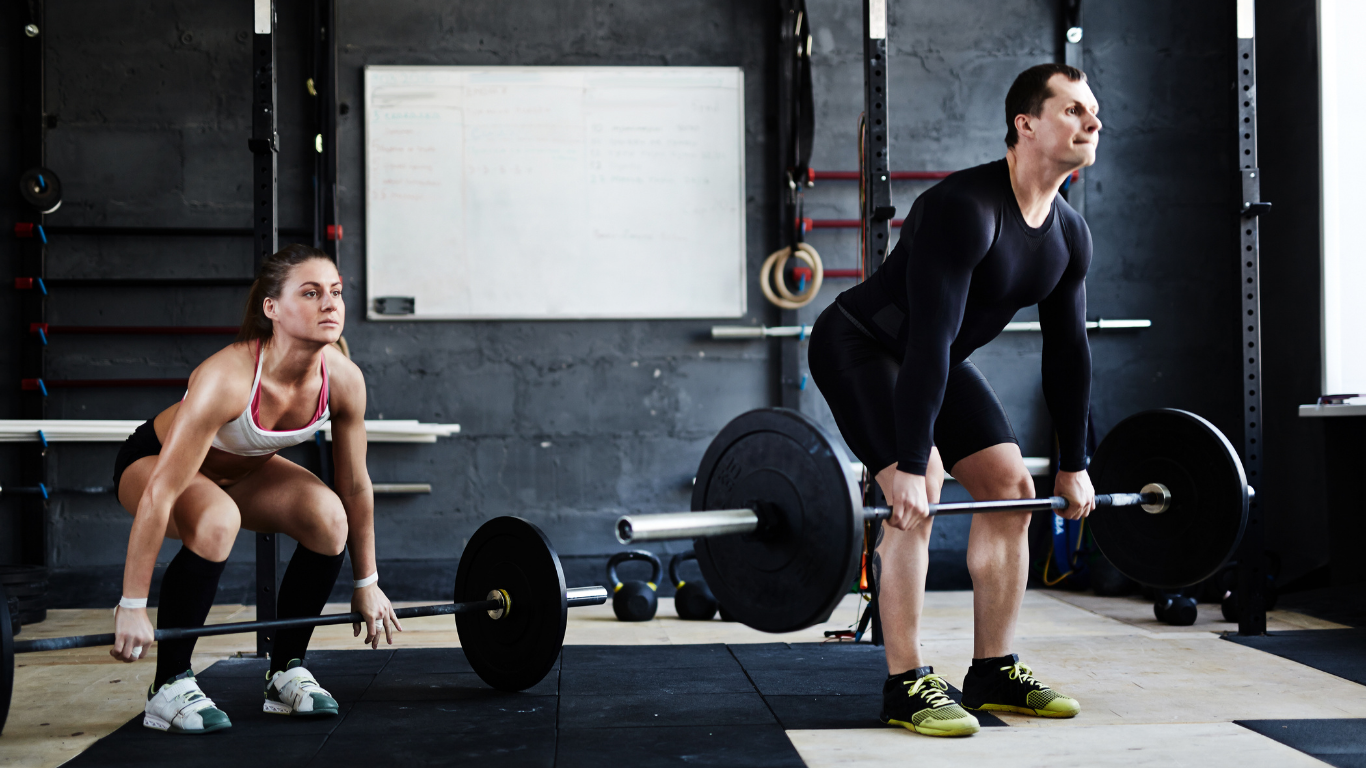What is Strength Training?
Strength training involves exercises that improve your muscle strength, power, and endurance by working against resistance — like weights, bands, or your own bodyweight. It helps you build muscle, burn fat, improve bone health, and boost overall fitness.
Key Principles of Strength Training
- Progressive Overload
Gradually increase the weight, reps, or sets over time to keep challenging your muscles. - Specificity
Train specific muscles or movement patterns relevant to your goals (e.g., sports, daily life). - Recovery
Muscles need rest between sessions to repair and grow stronger. - Variation
Change exercises, intensity, or volume regularly to avoid plateaus and keep motivation high. - Consistency
Regular training is key to making long-term progress.
Structuring a Training Week
- Frequency: 2–5 sessions per week, depending on goals and experience
- Balance: Include exercises targeting all major muscle groups
- Rest Days: Allow 48 hours between training the same muscle group
- Example Weekly Split:
- Day 1: Upper Body (Push + Pull)
- Day 2: Lower Body (Squat + Hinge)
- Day 3: Rest or active recovery
- Day 4: Full Body or focus on weaknesses
- Day 5: Core + Mobility + Conditioning
- Days 6 & 7: Rest or light activity
The 6 Fundamental Movement Patterns
- Squat — Bending hips and knees to lower and raise the body
- Hinge — Bending at the hips while keeping spine neutral (e.g., deadlifts)
- Lunge/Step — Single-leg movement forward, backward, or sideways
- Push (Horizontal & Vertical) — Pressing weight away from the body (e.g., push-ups,
- overhead press)
- Pull (Horizontal & Vertical) — Pulling weight toward the body (e.g., rows, pull-ups)
- Rotation/Anti-Rotation — Twisting or resisting twist forces (important for core stability)
Core Training Basics
- The core includes the muscles around your trunk and pelvis — abs, obliques, lower back, and hips.
- It’s essential for posture, balance, and transferring force between upper and lower body.
- Core training should include:
- Anti-movement exercises (planks, Pallof press) to resist unwanted motion
- Dynamic movements (Russian twists, leg raises) to improve mobility and strength
- Strong core muscles improve performance and reduce injury risk.

